Clients like color in their landscapes; there is no denying that. As the summer starts to wind down, use these suggestions from Sally Benson, editor-in-chief of American Nurseryman, for dependable summer perennial plants that will add beautiful color, attract birds and butterflies and start you off on the right foot next summer.
1. Astilbe

With a range of colors from white and lavender to pink and red, this perennial thrives in shaded areas and has unusual fern-like flowers. According to Benson, “Astilbe has ornamental, deeply cut foliage that remains clean and attractive for the entire growing season.” Learn more about Astilbe on Almanc.com.
2. Asclepias tuberosa (butterfly milkweed)

Known to attract butterflies, bees and hummingbirds Asclepias tuberosa has bright orange flowers for the early three months of summer. Benson describes this perennial as easy to grow and long-lived. Learn more about Asclepias tuberosa on Wildflower.org.
3. Coreopsis (tickseed)

From the standard yellow-gold, daisy-like flower to blooms with patterns of gold and brown, near white, cream and deep purple-red, “Coreopsis is a hardy, tried-and-true plant that stays clean and happy all season long,” says Benson. Learn more about Coreopsis from the National Gardening Association.
4. Delosperma (ice plant)

Commonly known as ice plant, Delosperma blooms in a range of colors from the softest pale apricot to deep crimson. Benson says this low-growing plant combines water-wise gardening with coverage and color—a great choice for drought-prone areas. American Nurseryman recently named Delosperma as one of the best plants for sloped areas.
5. Echinacea (coneflower)

These full-sun daisy-like stunners bloom through summer into fall. “Echinacea has exploded in popularity in recent years,” says Benson. “Resulting in cultivars that feature double blooms and unique colors, each richer than the last.” Learn more about Echinacea from the Clemson Cooperative Extension.
6. Eupatorium maculatum (Spotted Joe-Pye weed)

Perfect for late-season color, these perennial pink flowers attract pollinators. According to Benson, native Eupatorium maculatum can reach up to 6-feet tall. Learn more from USDA’s Plant Fact Sheet on Spotted Joe-Pye Weed.
7. Heuchera (coral bells)

Benson says Heuchera is a perfect example of how versatile foliage can be. “With caramel tones to deep purple-black, variegation of silver and cream, there’s a combination of colors for every taste,” she says.
8. Lobelia cardinalis (cardinal flower)

The hummingbird-friendly blooms on Lobelia cardinalis show their dramatic red colors from July through September. Some species of this tall, sturdy perennial may bloom pink or white. It is commonly know as the cardinal flower. Learn more about Lobelia cardinalis from the Missouri Botanical Garden.
9. Salvia species

“Salvia sylvestris ‘Mainacht’ produces strikingly deep, violet-blue flowers on proud, 2-foot-tall stems,” says Benson. Salvia nemorosa, blooms throughout summer in shades of violet, purple, white and pink. Learn more about Salvias from the National Garden Association.
10. Sedum

This succulent foliage blooms flowers in late summer and fall that can be delicate yellow blooms or large dramatic pinkish-purple. Leaves range from tiny and green (or purple) to large and flat. “The range of plants in the Sedum genus is mind-boggling,” Benson adds. “But that’s what makes this versatile plant all the more valuable.” Learn more about Sedum on Almanac.com.
Read more about perennials from American Nurseryman magazine:
- Perennials of the Decade
- The Best Plant Selections for Slopes
- Top Performing Perennials
- 6 Essential Natives








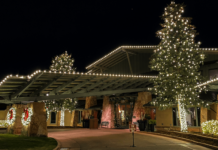


![[VIDEO] Dickies®: Discover Workwear That’s Anything But Uniform](https://turfmagazine.com/wp-content/uploads/2023/06/1647663814-4b1a2a7742790a9b1e97a3b963477850192e1d6a9dfba9b07214a77bae25d6e3-d-218x150.jpg)











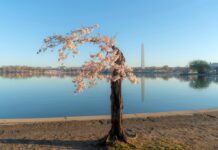
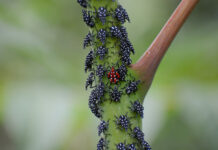
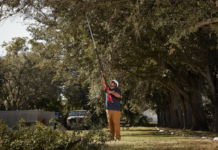

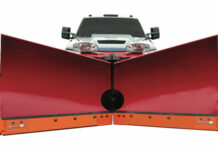
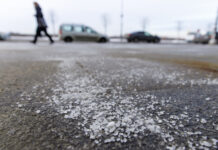
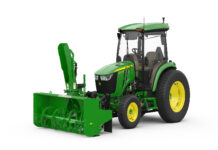


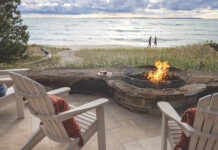






![[VIDEO] Dickies®: Discover Workwear That’s Anything But Uniform](https://turfmagazine.com/wp-content/uploads/2023/06/1647663814-4b1a2a7742790a9b1e97a3b963477850192e1d6a9dfba9b07214a77bae25d6e3-d-324x160.jpg)